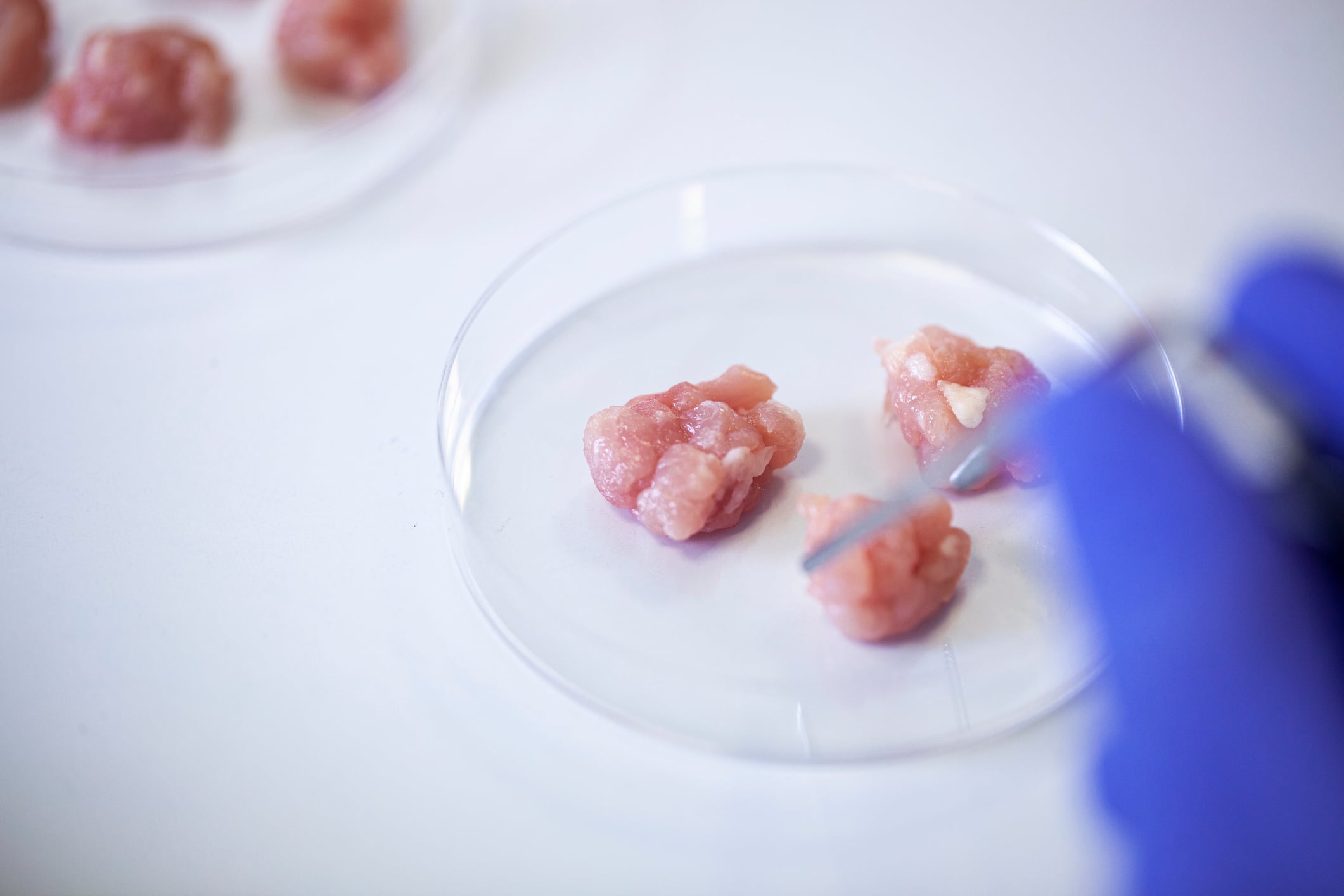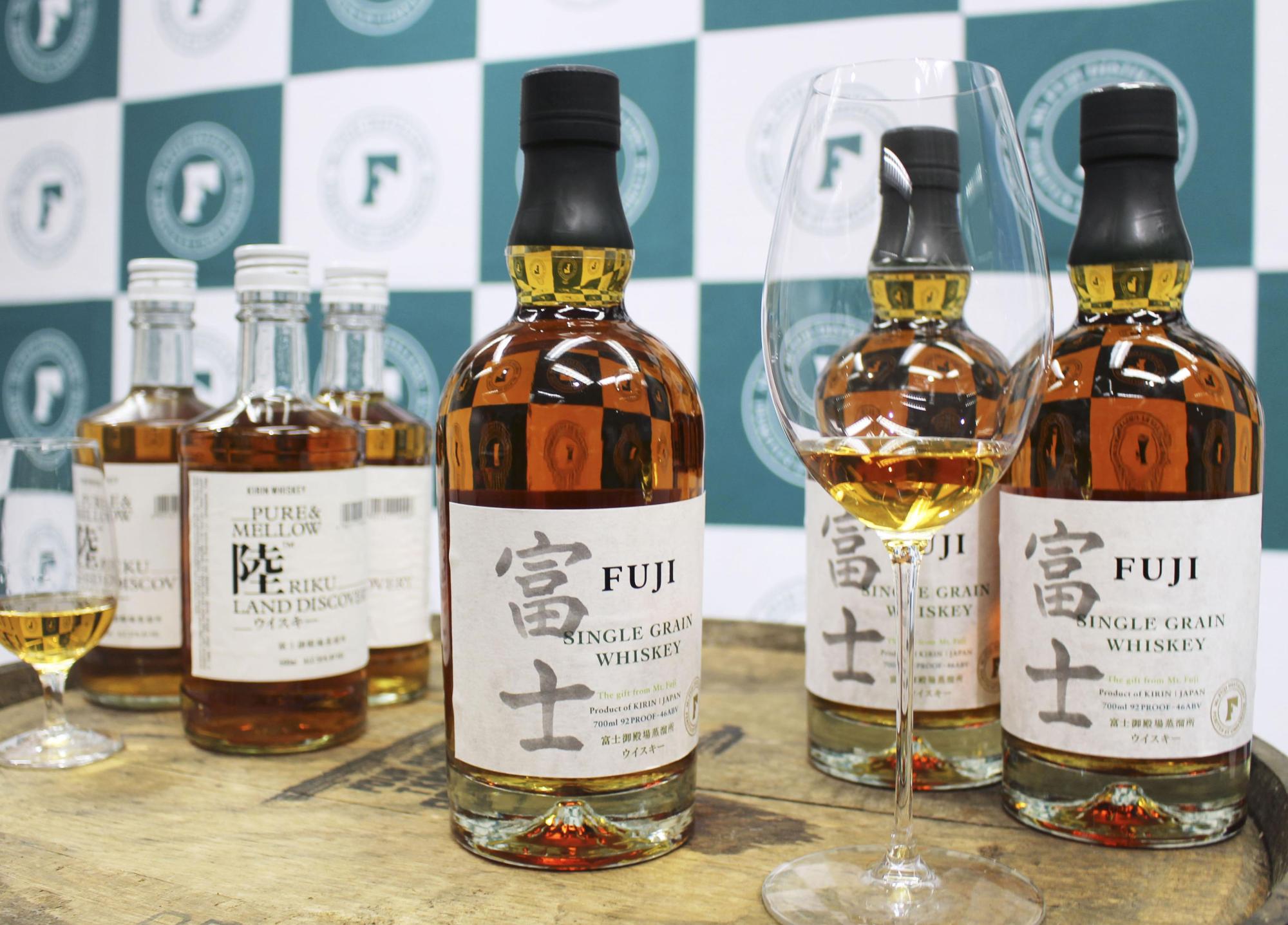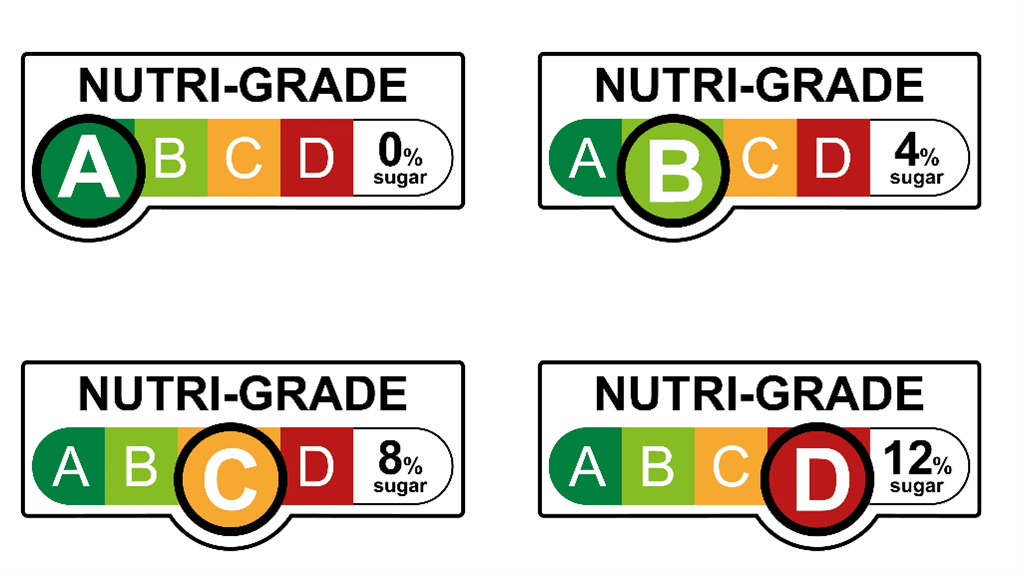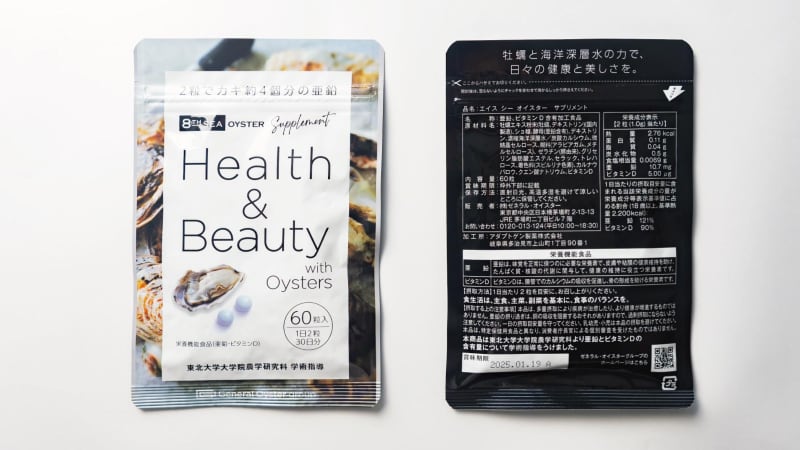In a new report featuring insights from regulators, researchers, and industry experts, it assessed the key food safety considerations of cell-based innovations and strategies to improve consumer understanding of the category.
Part of this involved commentating on several concerns that were garnering significant media attention:
“Given the attention they have received, these concerns have been considered by the Technical Panel, even if it was not possible to describe a sequence of events consistent with the current understanding of relevant science that could result in harm to consumers,” the report explained.
Risk of tumour formation and cancer
The first concern centres around the multiplication of living cells in the body after consuming a cell-based food product, leading to an “eventual form of a product.”
The report posited that the current scientific understanding puts the possibility of it happening at “extremely low.” Outside the bioreactor – an incubator for the living cells, the cells have to withstand the harsh conditions of the food manufacturing process and digestion once it enters the human body.
The current literature had demonstrated the following:
“Isolated animal cells, unlike single bacteria or yeast cells, do not have adaptations that protect them from the external environment or allow them to survive without the support of the organism; this consideration is a significant factor in the technical challenges of building bioreactors.
“Moreover, based on the current understanding of the relevant science, the capability for extended or sustained cell replication in the environment of the bioreactor does not confer any increased capacity for cell survival outside the controlled environment of the bioreactor. Neither does it convey capabilities that would be useful for establishing residence in tissues, such as immune evasion or tissue invasion.”
Cell-based foods made from novel species leading to “adverse effects on the consumer”
Another consumer concern is the risk of adverse health outcomes caused by the combination of human microbiome with novel microorganisms from species currently not consumed.
FoodNavigator-Asia and FoodNavigator-USA had previously published on industry players dabbling with cultivated meat coming from extinct animals.
The use of antibiotics in the cell isolation stage would have killed off or stopped the spreading of bacteria or microorganisms, and any abnormal growth would have been detected during harvest.
The other two conditions needed for the combination of human microbiome and novel microorganisms to happen include the following:
“Sufficient DNA (either from a living microorganism or as a residue) would need to be present in the finished food, would need to survive to enter the gut followed by an uptake by a gut-residing microorganism,” and
“A recombination event would need to occur, the recombination would need to convey a functional trait or expression product, that trait or expression product would need to allow the recipient gut microorganism to thrive sufficiently to change the overall microbiome, and that trait or expression product would need to be absent from all microorganisms associated with animal species with a history of food use.”
Genetic material harmful to the consumer
The consumer concern centres around genetic material – leftover from the use of recombinant proteins or through genetically-modified animal cell lines – entering the gut microbiota leading to an expression product that is toxic or harmful to the human body, were also considered.
One of the growth factors for cell-based foods is recombinant protein – created using genetic material from multiple sources.
As with concern around tumours, the genetic material has to survive the adverse conditions of food manufacturing and digestion to remain as “a sufficiently intact sequence” to “become integrated into the genome in such a way that active expression would occur.”
Notably, the report acknowledged that there is evidence backing “food-derived DNA fragments of up to several hundred base pairs detected in the gut and can be taken up into microbial or gut cells or even enter circulation”, but the current scientific understanding dismisses any harm to the human body based on that.
Limited visibility of the contaminant causing human infection
A class of microorganisms known as Mycoplasma spp. is known to be “relatively slow-growing” and “causes less disruption to the culture,” which makes it “difficult to detect.”
As a result of that, the report stated that the contamination of this bacteria in cell culture facilities is common, thereby leading consumers to be concerned it turning into a human pathogen when consumed.
The report highlighted that for Mycoplasma app. to “be capable of actively infecting or causing pathogenesis via the oral route,” it needs to be present as a live microorganism in the finished product.
It added, “There are no reported instances in the clinical literature of human infection or pathogenesis via the oral route.” and the current scientific understanding has only established that it can be spread via the respiratory and urogenital pathways.
Source: Food and Agriculture Organization of the United Nations (FAO)
“Food safety aspects of cell-based food”
https://doi.org/10.4060/cc4855en
Authors: FAO; WHO




